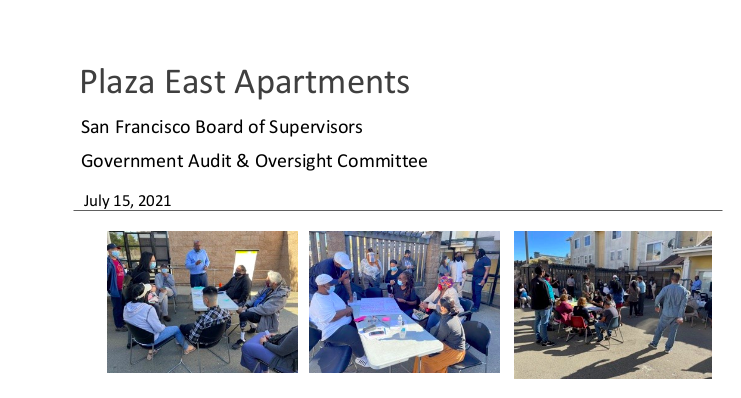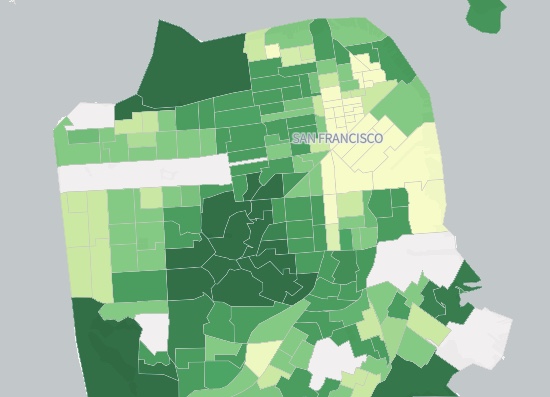: sfpublicpress – excerpt
Rent collections by San Francisco’s public housing agency fell precipitously in late 2019 and have continued to decline to less than half of what is owed, according to a San Francisco Public Press analysis — but the agency can’t explain why.
Only 47% of rent paid directly to the Housing Authority was collected this July, the latest month for which data is available. The 974 households whose units are managed by the agency — the rest pay rent to private management companies — pay roughly 30% of their monthly income, or $489 on average. These residents owe at least $4.5 million in back rent to the city.
Officials at the Housing Authority said they could not provide an explanation for why the shortfalls in rent collections began increasing in September 2019. Nor could they say why San Francisco’s Housing Authority has a far higher rate of delinquencies than parallel agencies in other big cities, some of which are collecting as much as 98% of the rents due.
“Prior to the onset of the pandemic, the authority robustly embraced local efforts to keep people housed and worked with households to enter them into payment programs if they were struggling to keep up with their overall expenses,” Rose Dennis, a Housing Authority spokeswoman, said in an email. “This may have impacted pre-COVID rent collection.”…(more)

 Nearly every question that Sup. Dean Preston asked the public agency in advance of the hearing was referred to
Nearly every question that Sup. Dean Preston asked the public agency in advance of the hearing was referred to 